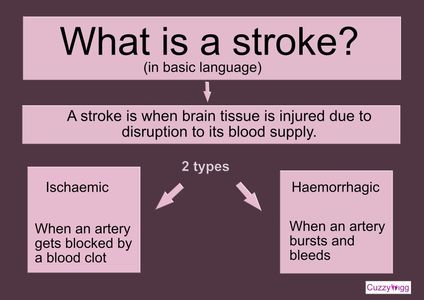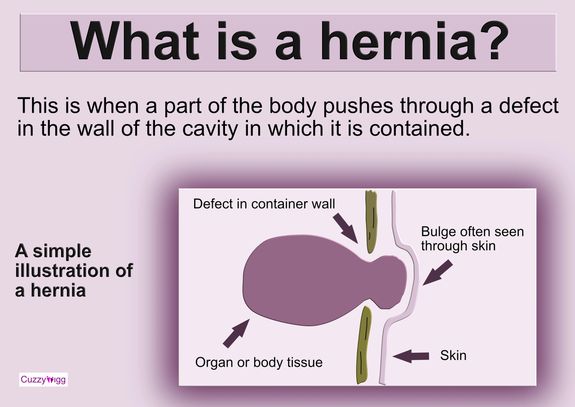Signed in as:
filler@godaddy.com
Signed in as:
filler@godaddy.com

It is a widely known fact that medical professionals on Earth love to use lots of highly technical and strange-sounding words and phrases.
Not knowing what these technical words/phrases mean can leave patients and their alien friends feeling less confident when speaking to health professionals. We are hopefully going to address this.
We have put together a list of commonly asked questions with answers using simple language and visuals. Here they are:
1. What do those blood pressure numbers mean?
2. What is a myocardial infarction (M.I.)
3. What is the difference between a stroke and T.I.A.?
4. Can you explain diabetes and insulin in simple terms?
6. What is the difference between the thyroid and parathyroid glands?
7. What does 'essential', 'idiopathic' and 'cryptogenic' mean?
9. What is sleep hygiene and R.E.M. sleep ?
10. What is the difference between a strain and a sprain?
12. What do those medical prefixes mean?
13. What is the difference between 'hyper' and 'hypo'?
14. What do those medical suffixes mean?
15. What are those strange terms that relate to body parts?
16. What is carpal tunnel syndrome?
This article is aimed at non-health professionals and is for information only. It is not meant for advice or instruction.
Last updated: December 7th, 2022.


A lot of people can recognise what a blood pressure reading looks like. But, do most people know what those numbers actually mean and relate to? Are you confused about the terms systolic and diastolic blood pressure? Worry no more - we'll sort you out - it isn't complicated (but there might be some complicated words to explain along the way).
This is what a BP reading might look like: 126/67mmHG. The health professional may go on to comment that the systolic and diastolic blood pressure are great, or perhaps a bit high or low.
To understand the terms systolic and diastolic, we first need to think about the heart and, in particular, what the heart does. The heart is simply a muscular pump that pushes blood around your body. It is either filling up with blood or it is squeezing the blood into the blood vessels. It fills. It pumps. It fills. It pumps, And so on...
When the heart is pumping, it is said to be in systole (pronounced systoli). This is when blood is being thrust out from the chambers of the heart and into the blood vessels, causing the blood pressure to be at its highest. The result is your systolic blood pressure - the higher number on your reading.
When the heart is resting and filling up with more blood, it is said to be is diastole (pronounced diastoli). No blood is being pushed into the blood vessels and hence your blood pressure is at its lowest. This gives rise to your diastolic blood pressure - the lower number on your reading.
So, let's look at the above numbers again:
126 (systolic blood pressure - the heart is beating)
----
67 (diastolic blood pressure - the heart is relaxing and filling)
The letters at the end of your blood pressure reading - mmHG - are simply units of pressure.
Hopefully, this has been helpful and your blood pressure reading might make a bit more sense from now on.
Please discuss with your doctor if you have concerns about your blood pressure or wish to discuss what a normal blood pressure reading should be for you.


A stroke results in symptoms lasting more than 24 hours.

A TIA or mini stroke will cause temporary symptoms lasting up to 24 hours.
Strokes can be fatal and cause lifelong disability. Having a T.I.A. puts a patient at a higher of having a stroke in the future.


Another type of diabetes is gestational diabetes. This develops in pregnant in women and usually gets better after they give birth.

There are many types of hernias, such as inguinal (lower abdomen), umbilical (belly button) and hiatus (stomach) hernias.

The thyroid gland produces thyroid hormones. This acts on nearly every cell in our body.

The parathyroid glands are a collection of glands that are usually situated adjacent to the thyroid. They are important in calcium regulation.
Both the thyroid and the parathyroids glands are found in the front part of your neck and are crucial in maintaining good health.
There are medical terms that doctors sometimes use when they are unsure of a cause for a particular health condition. They sound technical and clever. If said confidently enough, these words can reassure the patient without giving any answers and make the doctor feel like they haven’t failed. Here are three examples...
Idiopathic
This term sounds very technical and cerebral. It simply means that there is not a known cause for what the doctors are talking about. If your condition is idiopathic – they simply don’t know the cause for your problem, or why it has happened.
Let’s take the medical diagnosis of chronic idiopathic urticaria and turn it into plain English. On first glance, to the non-medical, you could be forgiven for thinking that a person with chronic idiopathic urticaria may have contracted a contagious disease from a visiting martian. They haven't! At least, the doctors don't think they have...
Let's break it down – blotchy skin condition(urticaria) that will likely be a problem for a long time (chronic) and is of unknown cause (idiopathic). See how it comes together.
Essential
Another term meaning no cause identified. The most common usage for this term is Essential Hypertension. This simply means high blood pressure with no single attributable cause identified. Most people diagnosed with Hypertension will fall into the category of Essential Hypertension.
Cyptogenic
This is our favourite because it sounds so utterly convincing and precise - yet is still means 'We're not quite sure why you have this problem!'

Medical terms meaning I don't know - including essential, idiopathic and cryptogenic
When doctors use the word chronic about a symptom or condition what they mean is that the symptom or condition they’re talking about is expected to last a long time. It does not necessarily mean that condition is severe. It is a statement regarding the expected time course of the problem.
You can have a mild or severe chronic problem .
Examples include Chronic Obstructive Pulmonary Disease, Chronic Fatigue Syndrome.


A strain is a stretch or tear of a muscle or tendon.
Tendons are connective tissues that join muscle to bone.
A sprain is a stretch or tear of a ligament.
Ligaments are connective tissues that join bones to other bones.

Three common causes of anaemia are low iron, low vitamin B12 and low folic acid. Collectively, they are called haematinics.

There are many common prefixes to medical terms that you may recognise and not know what they mean. Below is a list of the common prefixes that relate to a particular part of the body, with examples to illustrate:
Joints
Example - Arthritis (joint inflammation)
Liver
Example - Hepatitis (liver inflammation)
Stomach
Example - Gastritis (inflammation of the stomach)
Nerve - brain and peripheral nerves
Example - Neuralgia (nerve pain)
Skin
Example - Dermatitis (inflammation of the skin)

Meaning too much of something or above normal
Example:
Hypertension - high blood pressure
Hypercalcaemia - too much calcium
Meaning too little of something or less than normal
Exampe:
Hypotension - low blood pressure
Hypocalcaemia - too little calcium

Meaning - Inflammation
E.g. Arthritis (joint inflammation), Hepatitis (liver inflammation)

Meaning - Disease
E.g. Neuropathy (disease of the nervous system), Cardiomyopathy (disease of a the heart muscle)

Meaning - Pain
E.g. Neuralgia (nerve pain), Arthralgia (pain due to joint disease)
Armpit
Heel bone
Fingers or toes. Numbered one (thumb/big toe) to five (little finger/toe)
Big toe.
The voice box.
Back of the head
Most pointy bit of the elbow
Kneecap
Part of the ear you can see.
The white part of the eye
The eardrum

Often patients with carpal tunnel syndrome say they wake up and have to shake their hand/wrist to relieve the symptoms.
Copyright © 2024 Cuzzywigg - All Rights Reserved.
Powered by GoDaddy Website Builder
This website uses cookies. By continuing to use this site, you accept our use of cookies. Privacy Policy